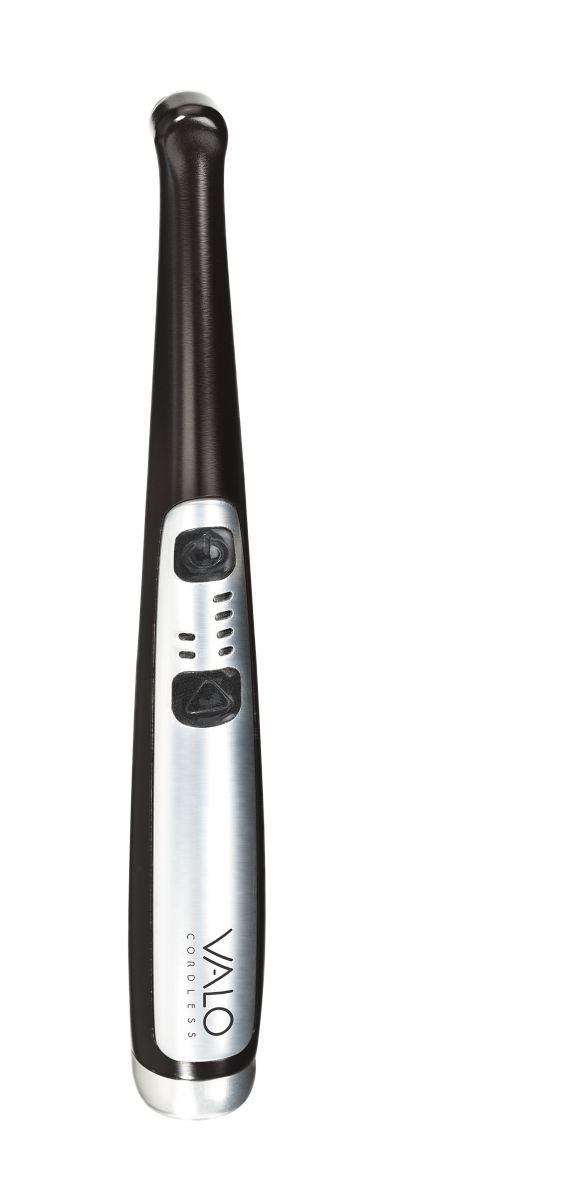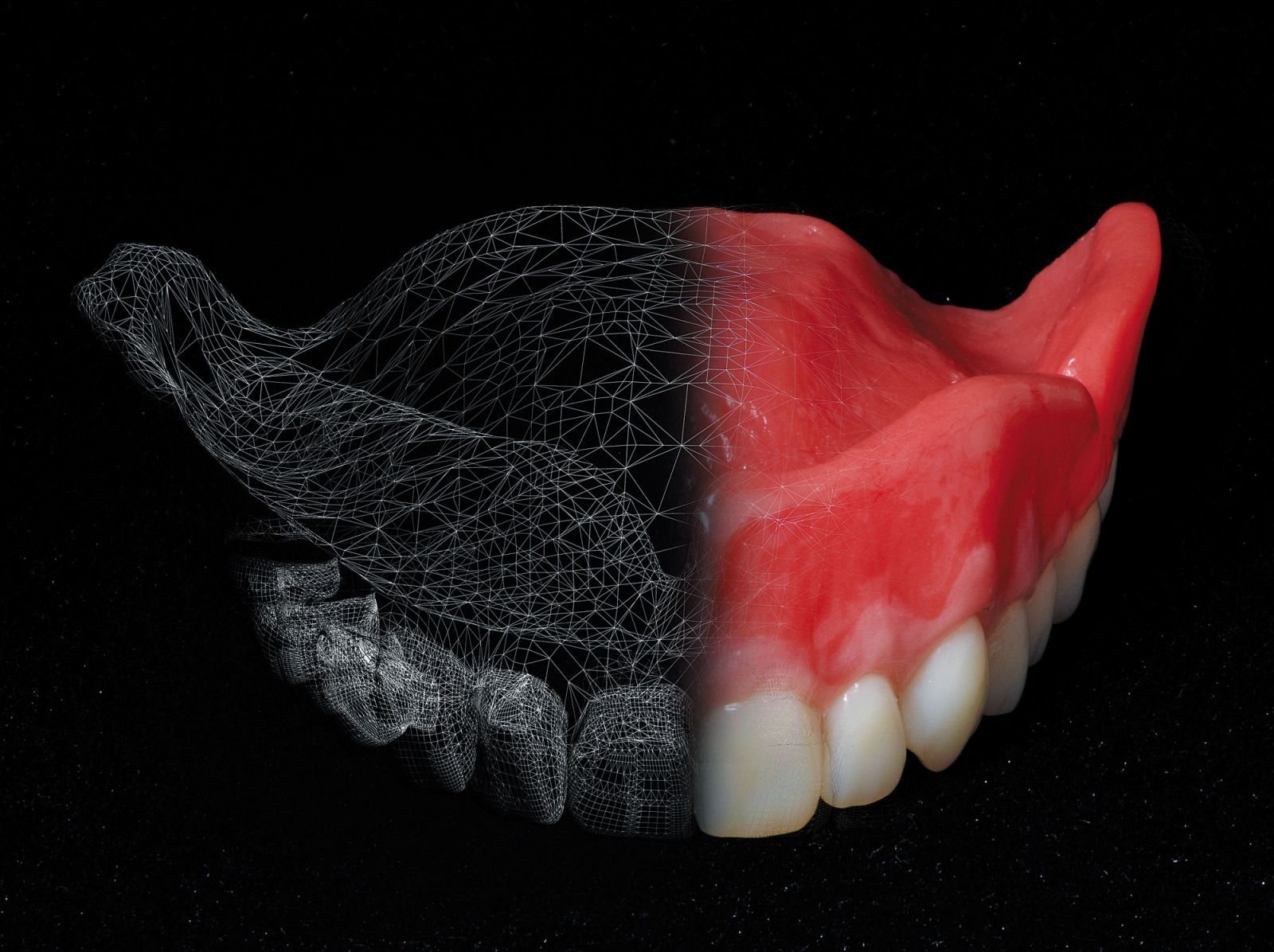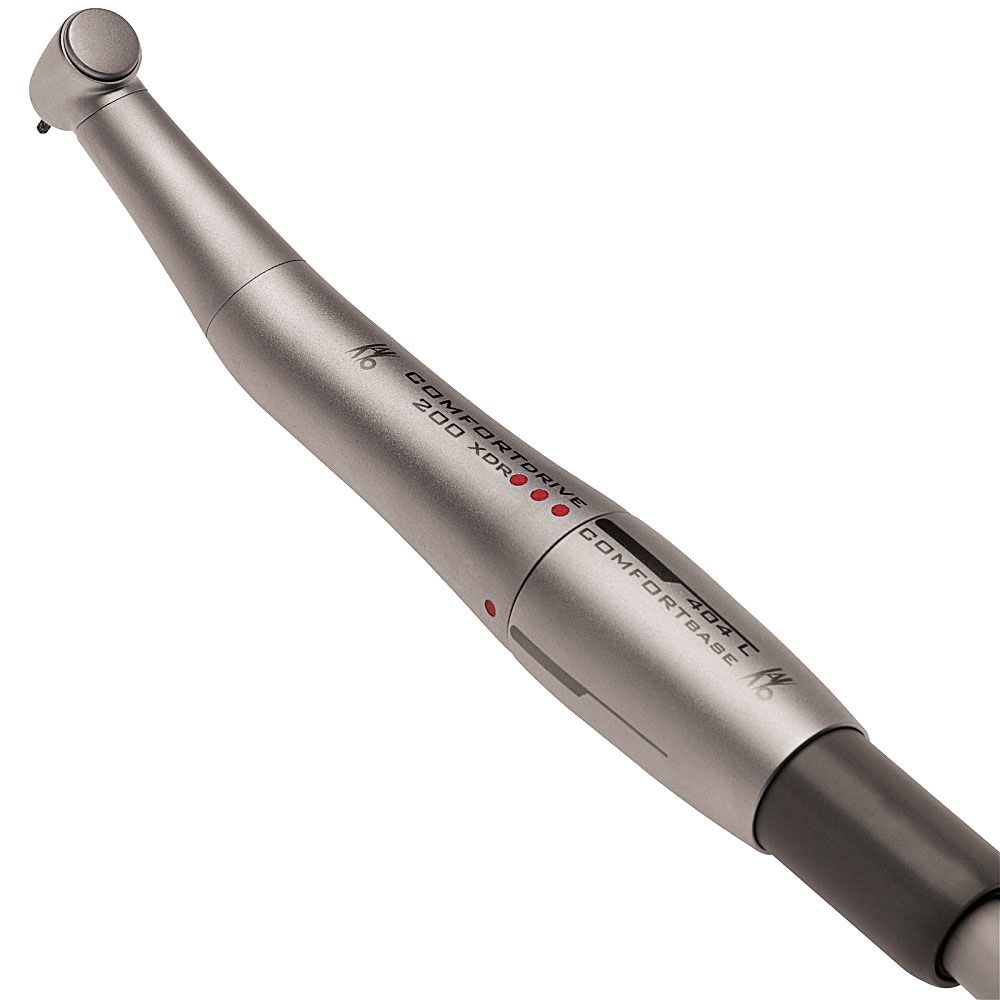An inside look at 4 more of The Pride Institute's "Best of Class" winners
The Pride Institute "Best of Class" panel explains why they chose this year's winners. This month: Ultradent's VALO Cordless, DENTCA CAD/CAM Denture, KaVo's COMFORTdrive, and Schick Technologies' CDR Elite WiFi.
The Pride Institute "Best of Class" panel explains why they chose this year's winners. This month: Ultradent's VALO Cordless, DENTCA CAD/CAM Denture, KaVo's COMFORTdrive, and Schick Technologies' CDR Elite WiFi.
There is no group of products quite like the “Best of Class” honorees, in large part because it would be almost impossible to recreate the process by which they were selected. Chosen by a distinguished panel comprised of some of the most forward looking dentists in the industry, this year’s winners were narrowed down through lively debate and discernment.
In each issue between July and October we will highlight a handful of the 18 honorees. You’ll find both general information about the product as well as feedback from one of the panelists on what helps the product stand out in its competitive set.
Interviews, education and hands-on demonstrations at the “Best of Class” Technology Fair at this year’s ADA Annual Session in San Francisco will allow you to experience each product on your own and decide if it’s a good fit for your practice.

Ultradent’s VALO Cordless
VALO’s slim, wand-like body is unlike any other curing light on the market. Not only is it lightweight and easy to handle, but it offers unprecedented access even in difficult-to-reach areas of the mouth. VALO emits a broad spectrum of wavelengths that polymerize all dental materials - even those not cured by most LED lights - and a specially designed lens that provides a uniquely concentrated cure. Its optimally collimated beam ensures that VALO maintains its power density and uniformly cures over a range of surfaces and working distances. When compared with several other leading curing lights during a MARC (Managing Accurate Resin Curing) test*, VALO demonstrated a more powerful and consistent cure. The light features three modes: Standard, High Power and Xtra Power (Plasma Emulation).
The Panelist’s Perspective:
Dr. John Flucke
I first learned of the VALO Cordless in the spring of 2011 from some folks at Ultradent. The device was not yet ready to launch, so I was sworn to secrecy, but I couldn’t wait to get a chance to see what Ultradent had done to make an already amazing curing light even better.
The device features a body CAD/CAM milled out of aerospace grade aluminum. This is the stuff they make satellites out of. This and the way the electronic components are placed inside means the VALO cordless is incredibly durable. The device is designed to withstand multiple drops onto hard surfaces and come back ready to cure.
It also features a multi-wavelength LED array which means it can cure every type of composite on the market, regardless of the photoinitiator involved.
Add to that the fact that the VALO can produce an incredibly strong and collimated beam of light and you have a light that the panel thought worthy of Best in Class.

Dentca’sCAD/CAM Denture
By using CAD and CAM systems, DENTCA is capable of greatly reducing the manufacturing time and the cost of making the final dentures. DENTCA only requires one patient visit to obtain the initial impression before final denture delivery (there is also a digital denture try-in visit and delivery), compared to five visits required by conventional methods. By reducing the number of visits, the total chair time is also reduced from three hours to only 45 minutes, meaning dentists can now save time and see more patients. Moreover, the processing time for DENTCA products takes about 10 days on average, whereas conventional dentures require at least 30 days for production. Not only does DENTCA manufacture dentures at a rapid pace, but enhances the final denture quality due to perfect 3D modeling and production techniques. The 3D impression is a permanent digital record DENTCA can always access in the event a replacement or additional set is needed for the patient. From start to finish, the cost-effectiveness and productivity of DENTCA denture solutions are in a league of their own, far beyond those of conventional denture products.
The Panelist’s Perspective:
Dr. Paul Feuerstein
Digital impressions and CAD/CAM have been at the forefront of discussions on fixed prosthodontics. Removable partials, implants, bars and orthodontics have followed. Now, two companies have entered the landscape simultaneously moving this process to full dentures. Both systems, DENTCA and AvaDent (which was featured in a previous issue), acknowledge that at this point the impression still has to be done in the traditional manner due to the non-static biology of the soft tissue, periphery etc. Both companies have designed custom trays and protocol for taking the denture impression. Using the systems, not only can the impressions be taken, but a clever set of measurement tools as well as mechanisms to articulate the upper and lower together at this initial visit allow the case to be sent to the lab for finish or try-in. Once their digital labs get the cases, each company scans the impressions and then using different software and design tools creates the tooth setup on the screen. AvaDent digitally sends the setup to the doctor for approval while DENTCA actually uses a 3D printer to send a simulated set of dentures (prototype) for try-in. Both systems allow the doctor to mark and make changes and that information goes back to the respective companies.
At this point there are differences in processing. AvaDent virtually sets up the case and actually mills the denture base via CAD/CAM out of a block of a specially pre-processed, extremely dense Lucitone. The dentist’s tooth choice is then processed into the base and returned finished. DENTCA takes the digital information, also scans the impressions and develops and processes the dentures in a more traditional manner, using the CAD design and the information sent back to them on the printed trial dentures.
Although initially set up for full dentures, both companies have added single arch and may evolve to more complex cases. Because both are new and revolutionary the category of digital dentures using a brand new protocol is our vote for the best in class in this technology.

Kavo’s COMFORTdrive
Featuring patented micromotor technology, the COMFORTdrive 200 XDR highspeed handpiece is lightweight and ergonomic, offering precision cutting and quieter sound. Its unique design weighs approximately 40% less and is 15% shorter than market-leading electric options.
The small footprint of the COMFORTdrive system incorporates into any operatory, offering an esthetic look in the dental practice. Key features include: Precise cutting performance, no-bur-stall for efficient preparations, plug-n-prep auto-calibration technology for easy setup, does not require adjustment to other equipment, and it allows for an air-like feathering effect between 30,000 and 200,000 rpm.
The Panelist’s Perspective:
Dr. Parag KachaliaQ: How did you find out about this product?
A: I first heard about the COMFORTdrive approximately 2 years ago at the Chicago Midwinter Meeting and I was intrigued with the simplicity of the system.
Q: Describe the situations in which you’ve seen the product in use.
A:I personally use this product in my practice everyday. It is my “go to” handpiece for all my traditional restorative procedures.
Q: In light of the product’s performance in these situations, what, in your opinion, sets it apart in the industry?
Electric handpieces have been in the marketplace for many years now; however they tend to have too many bells and whistles for everyday restorative dentistry. The beauty of an an air handpiece is in its simplicity. COMFORTdrive incorporates this simplicity, yet maintains a significant amount of torque and concentricity. The setup can occur in less than 5 minutes with little to no learning curve in terms of usage.
Q: If you had to summarize why a dentist should purchase this product or switch to this product, what would you highlight?
A: First, simplicity of an air handpiece with the power of an electric. There are no settings that you need to dial in. Second, it is much lighter in weight and smaller in profile compared to traditional electric handpieces. Last, this handpiece is incredibly quiet, allowing it to provide a more comfortable auditory environment for the patient, staff and doctor.

Schick Technologies’ CDR Elite WiFi
The CDR Elite sensor combines outstanding image quality with an easy-to-use design and hard-wearing construction. The sensor’s images provide bold bone tribeculation, crisp lamina dura and a clear, clean DEJ to meet clinicians’ diagnostic needs. Removable cable technology on all three sensor sizes ensures the simplicity and convenience of a one-step cable replacement process. Simple and easier sensor placement, even for vertical bitewings, comes from an optimally located sensor-cable interface and a new color scheme that provides high visibility in the oral cavity. CDR Elite systems also are compatible with the Schick WiFi, which combines leading-edge RFID technology image quality-providing a better patient and clinician experience. Schick WiFi can be used with CDR Elite sensors of all sizes. All Schick systems are sold, installed, and serviced by Patterson Dental. Call for a free in-office demonstration.
The Panelist’s Perspective:
Dr. Paul Feurstein
Digital radiography is not new. Over the past couple of years improvements have been made to the resolution of the sensors and phosphor plates. There has also been a consensus that there should be one wire with a USB connection going directly into the computer, eliminating interfaces and clumsy boxes. We applaud all of the companies for following this as well as enhancing the software. This year though, Schick has taken a look at the equipment and made some interesting changes. They had been the first to have a totally wireless sensor but is came with a high cost, larger size and a realization that as long as the patient had an XCP aiming device coming out of the mouth, the lack of the wire was not that great of an advantage. They did realize though that as the operators and patients bent and twisted the wires to capture images, there was an occasional break. This meant the sensor had to be sent back for repair or exchange. Schick decided to attach the wire to the sensor with a small block and a couple of tiny screws, allowing for wire replacement right in the office at minimal expense. This year they took that connector a step further and now allow a short wire with a small transmitter at the end to be attached to that same block. The actual transmitter sits at the end of the aiming device, eliminating the wire that many operators trip over, get caught in drawers or limit the position of the chair and the distance to the USB connection. Schick also states that this connector will be used for other enhancements without having the dentist purchase a whole new sensor. This innovation has set Schick apart from the others this year.